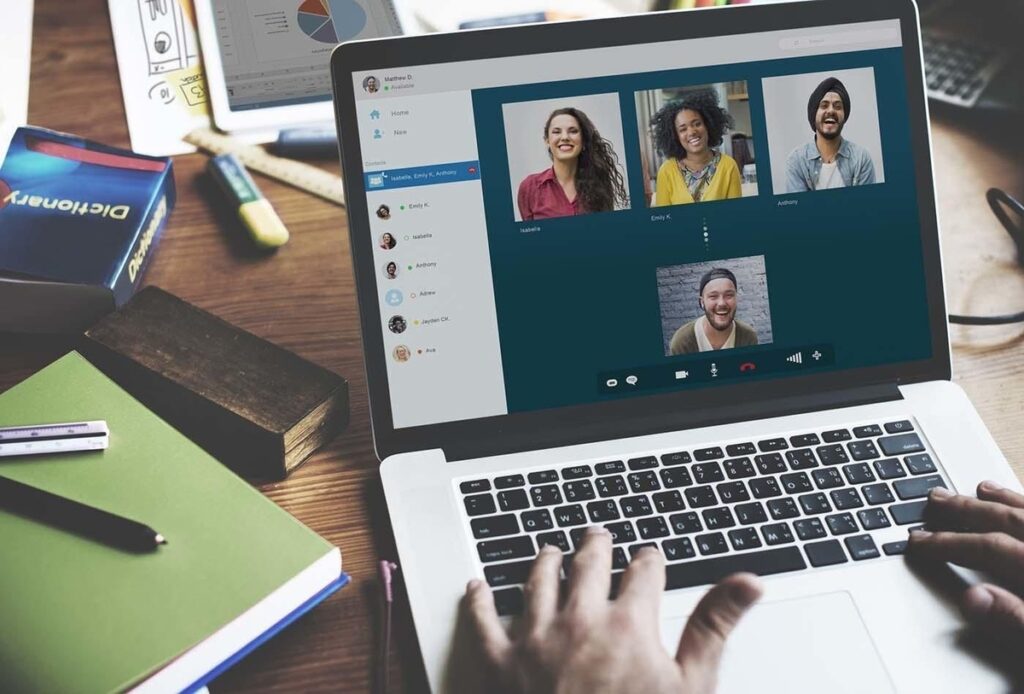Employers need to invest more in the advanced analytics and collaboration technologies needed to keep a remote workforce engaged.
A new study about employee morale and motivation post-pandemic found that while 97% of business leaders think hybrid work environments will not damage a corporate culture long-term, there are negative consequences to having so many people working remotely.
Genpact’s Tech for Progress 360: Engage employees, strengthen company culture study found that 76% of respondents from organizations who adopted new technologies such as artificial intelligence (AI) and advanced analytics during the pandemic strongly agreed that their company can maintain its culture in a hybrid working environment.
Not surprisingly, business leaders who saw improved business performance during the pandemic were more likely to view new technologies in a favorable light.
“It’s proven work can be done remotely at scale,” said Tiger Tyagarajan, Genpact’s CEO. “To lead through this seismic shift, businesses must combine digital technologies and smart data to drive actionable insights that integrate employees into company culture, enable collaboration and maintain learning and wellbeing—whether people work remotely, in the office or blend both.”
Nearly two-thirds (62%) of respondents said hybrid working arrangements will continue into next year, 24% said they expect work to be mostly remote and only 13% expect mostly in-office work.
Hybrid work challenges
One of the main challenges for employees working remotely is maintaining casual interactions with other coworkers. During the pandemic, 91% of respondents said most employee interactions have shifted toward problem-solving and away from socializing.
While on its face this may seem to be a good thing, it can have a negative impact on the ability to actually get work done because casual connections help employees build the networks they need to work more effectively, the study said.
SEE: The COVID-19 gender gap: Why women are leaving their jobs and how to get them back to work (free PDF) (TechRepublic)
“When [Genpact] shifted to remote working in the early days of the pandemic, while formal collaboration continued thanks to collaboration and video conferencing tools, it became apparent very quickly that weak ties, which were made through chance meetings around the office, were far more valuable than had realized,” said Sanjay Srivastava, Genpact’s chief digital strategist.
The relationship between managers and the people they oversee have also been negatively impacted in 42% of organizations. This dynamic hinders the development of future leaders, the report said.
Another challenge that 48% of employers said they face because of remote and hybrid work arrangements is integrating new hires into the organization.
“Technology can play an important role in supporting a hybrid environment that works for both employees and customers, while delivering long-term business and individual success,” said Tyagarajan.
The need for better tech to measure sentiment
Even so, when measuring employee engagement, surveys were still their number one tool used by most respondents (45%), and wellness options such as Headspace and process automation tools were used to reduce transactional work and increase higher-level activities came in at 38% and 37% respectively.
“The opportunity with AI is to marry the knowledge and experience of a subject matter expert or a business end user with the advances and technologies around AI, so we can exploit the intersection of the two disciplines,” said Srivastava. “When we do that, we consistently deliver great outcomes.”
The top five technologies cited by survey respondents that have the most potential to enhance teamwork were:
- Virtual meeting technologies such as Teams, Zoom or Skype (59%)
- Enterprise collaboration technologies such as SharePoint, Teams and a corporate intranet ( 51%)
- Advanced process analytics used to do data mining and workflow analysis (48%)
- Informal collaboration and meeting technologies such as WhatsApp, FaceTime and Facebook groups (42%)
- Advanced people analytics used for analyzing sentiment behavior and employee engagement (32%)
“Talent is a major battleground for competitive differentiation,” said Srivastava. “In today’s dynamic talent market, attracting, engaging and retaining talent is key, and at the crux of this lies employee experience.” Data and AI will drive the next generation of employee experience, talent and workforce management.”

